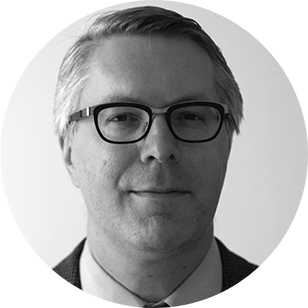You're using that dash wrong
A comprehensive guide to our language's horizontal lines — from the humble hyphen to the three-em dash

Ah, the dash — the all-purpose punctuation mark. If you don't know what punctuation mark to use — you can't decide between a few, or you just have no clue — it's the one that seems like you can always toss it in. Some writers use dashes very liberally. Some are so bold as to declare that there seem to be no real rules for the use of the dash.
Which is silly, because, in typographical terms, dashes are rules — "rule" is the typographical word for a straight line.
But it's also silly because there are definitely places you just can't get away with using them. So, where do you draw the line? And just how long is the line you draw?
The Week
Escape your echo chamber. Get the facts behind the news, plus analysis from multiple perspectives.

Sign up for The Week's Free Newsletters
From our morning news briefing to a weekly Good News Newsletter, get the best of The Week delivered directly to your inbox.
From our morning news briefing to a weekly Good News Newsletter, get the best of The Week delivered directly to your inbox.
Fortunately, typographers have come up with a detailed set of rules. Unfortunately, the rules for using those rules — ha ha, got you there — are not always so tidy.
Here is the full set of commonly available horizontal lines, from the hyphen to the three-em dash (doesn't that sound like an Olympic event?). If they seem like the panoply of forks at a fancy dinner place setting, just waiting for you to make a fool of yourself using the wrong one, relax — they are, but almost nobody else knows all the rules either.
Hyphen (-)
What it looks like: It's the shortest of the lines. Sometimes it's tilted up, but that's less common now; in olden times, it was sometimes a double line, especially when used at the end of a line to indicate an interrupted word.
A free daily email with the biggest news stories of the day – and the best features from TheWeek.com
How to use it: For all those readers who have already said, "That's not a dash!": You're right, it's not. Don't call a hyphen a dash. They have different functions (except when you're using hyphens to represent dashes… see below). Hyphens go in the middle of words: When a word is broken at the end of a line, in compound words such as three-em dash, to add clarity as necessary between roots and affixes (such as in co-worker so you don't read coworker as cow orker), and in constructions such as compound adjectives (off-white shirt) and names (Tay-Sachs disease).
How to make it: Press the key to the left right of the 0.
Substitutes for it: There isn't a substitute, but you'll never need one — every font has this character, and so do typewriters. It's been around for much longer than the others.
Minus sign (−)
What it looks like: A little longer than a hyphen, and sometimes higher-placed.
How to use it: To indicate a negative number or a subtraction operation.
How to make it: Use the minus sign on your numeric keypad if you have one, or find it in your symbols menu.
Substitutes for it: A hyphen or an en dash, depending on the typeface.
En dash (–)
What it looks like: It should be the width of an n. In some typefaces, it's longer or shorter than that. Some faces distinguish it from a hyphen by making the hyphen thicker.
How to use it: The classic use of an en dash is to represent range ("June 18–20"). It is also used by fussy people in place of a hyphen when you're joining compound things that have hyphens in them: "The Bedford-Stuyvesant–Haight-Ashbury competition" (see the longer dash in the middle?). It is sometimes used instead of a hyphen to join open compounds: "The New York–New Jersey border" (the idea is that with a hyphen people might think it was a York-New Jersey border that was New, or something). And it is often used, with a space on either side, in place of an em dash — some typographers even recommend it.
How to make it: On a PC, it's ALT 0150 on the numeric keypad; on a Mac, it's Option -. MS Word will auto-replace two hyphens with it if they have a space on either side, and on a PC in Word you can also use Ctrl plus the minus on the numeric keypad.
Substitutes for it: Until fairly recently, not all browsers supported this character, so websites often used a hyphen in place of it, even when it was serving as an em dash. And many websites still do use a hyphen for it when it's indicating relation or range, mainly because the people handling their content don't know (or maybe don't care) about en dashes.
Em dash
What it looks like: It should be as wide as an M. Some type faces make it even wider. It's also supposed to have no elbow room on either side, so if you put several together they will make a smooth line.
How to use it: Normally this character is used with no space on either side, but that can keep lines of text from breaking on either side of it — a big reason that people often put thin spaces or even full spaces on either side of it. And where in a sentence do you use it? Think of it as representing the motion your head makes when you quickly look to the side — a jump in thought, a quick hop to a connected topic ("She doesn't like them — they're 'guy things'"). If there are two of them, the second one jumps back ("If I were there — and thank heavens I'm not — I would do it"). If there's nothing after it, it's an interruption or break ("Hey, watch out, what are you—"). So, in short, you can use it where you would use a period, or a colon, or parentheses, but you will find that it gives a different feel, a more active and suspended one, less technical. It's often a bad idea to use it where you would use a comma — unless the comma is at a clause boundary and you want to signify a greater break. Don't use it with a comma or colon or semicolon — that's so 19th century.
How to make it: On a PC, ALT 0151 on the numeric keypad; on a Mac, Option Shift -. In MS Word, type two hyphens without spaces on either side, and AutoCorrect will replace them with an em dash.
Substitutes for it: As I said above, you can also use an en dash with a space on either side. When people used typewriters, you were supposed to use two hyphens for an em dash. Now that we have computers, that's not necessary — unless you're typing an email that might be received by someone who's using a different character encoding (there are still some little issues — the geeks who made the first computer character sets weren't typography geeks).
Two-em dash
What it looks like: Two em dashes side by side with no gap.
How to use it: To indicate that part of a word has been omitted — usually a name or a vulgarity: "Mr. S—— told Ms. J—— that he would be d——d if he invited her out again."
How to make it: Use two em dashes. But some typefaces do include this as a character.
Substitutes for it: Four hyphens.
Three-em dash
What it looks like: Three em dashes side by side with no gap.
How to use it: To indicate omission or repetition of a full word, especially a name. In a bibliography, use it in place of the author name to indicate that the entry has the same author as the previous one.
How to make it: Use three em dashes. But some typefaces will give you this, particularly dingbat fonts.
Substitutes for it: Six hyphens.
James Harbeck is a professional word taster and sentence sommelier (an editor trained in linguistics). He is the author of the blog Sesquiotica and the book Songs of Love and Grammar.
-
 Political cartoons for January 10
Political cartoons for January 10Cartoons Saturday’s political cartoons include a warning shot, a shakedown, and more
-
 Courgette and leek ijeh (Arabic frittata) recipe
Courgette and leek ijeh (Arabic frittata) recipeThe Week Recommends Soft leeks, tender courgette, and fragrant spices make a crisp frittata
-
 Trump’s power grab: the start of a new world order?
Trump’s power grab: the start of a new world order?Talking Point Following the capture of Nicolás Maduro, the US president has shown that arguably power, not ‘international law’, is the ultimate guarantor of security
-
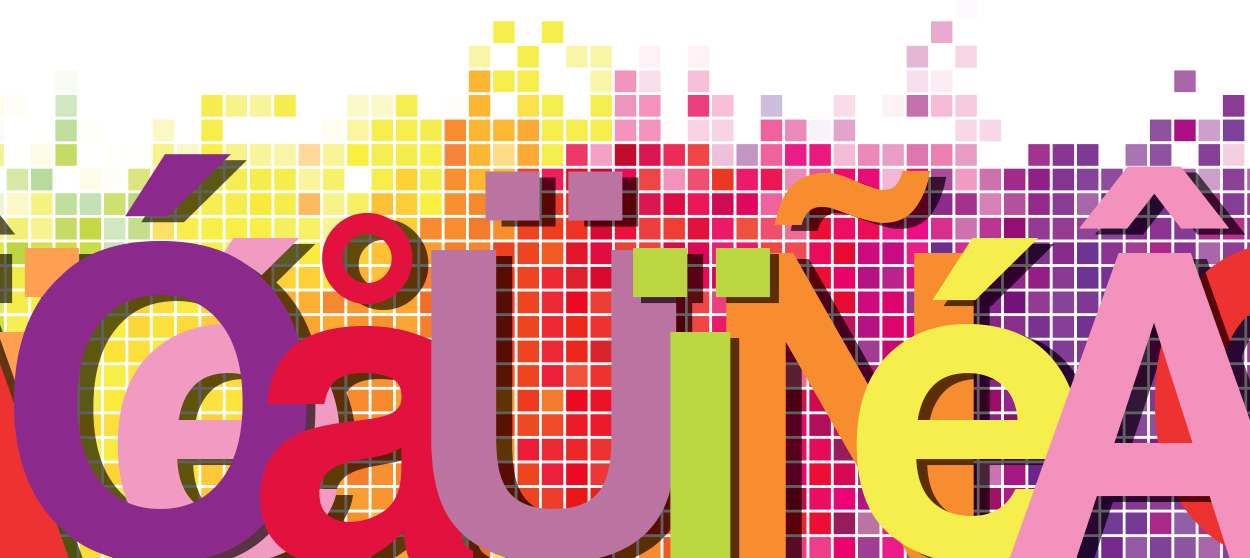 In the future, will the English language be full of accented characters?
In the future, will the English language be full of accented characters?The Explainer They may look funny, but they're probably here to stay
-
 10 signature foods with borrowed names
10 signature foods with borrowed namesThe Explainer Tempura, tajine, tzatziki, and other dishes whose names aren't from the cultures that made them famous
-
 There's a perfect German word for America's perpetually enraged culture
There's a perfect German word for America's perpetually enraged cultureThe Explainer We've become addicted to conflict, and it's only getting worse
-
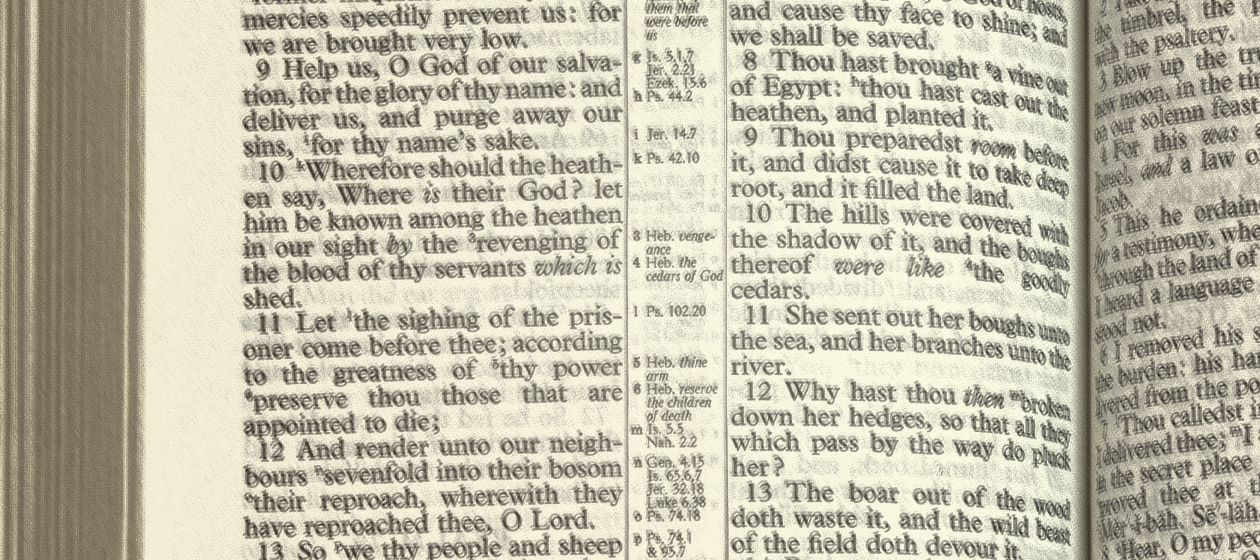 The death of sacred speech
The death of sacred speechThe Explainer Sacred words and moral terms are vanishing in the English-speaking world. Here’s why it matters.
-
 The delicate art of using linguistics to identify an anonymous author
The delicate art of using linguistics to identify an anonymous authorThe Explainer The words we choose — and how we use them — can be powerful clues
-
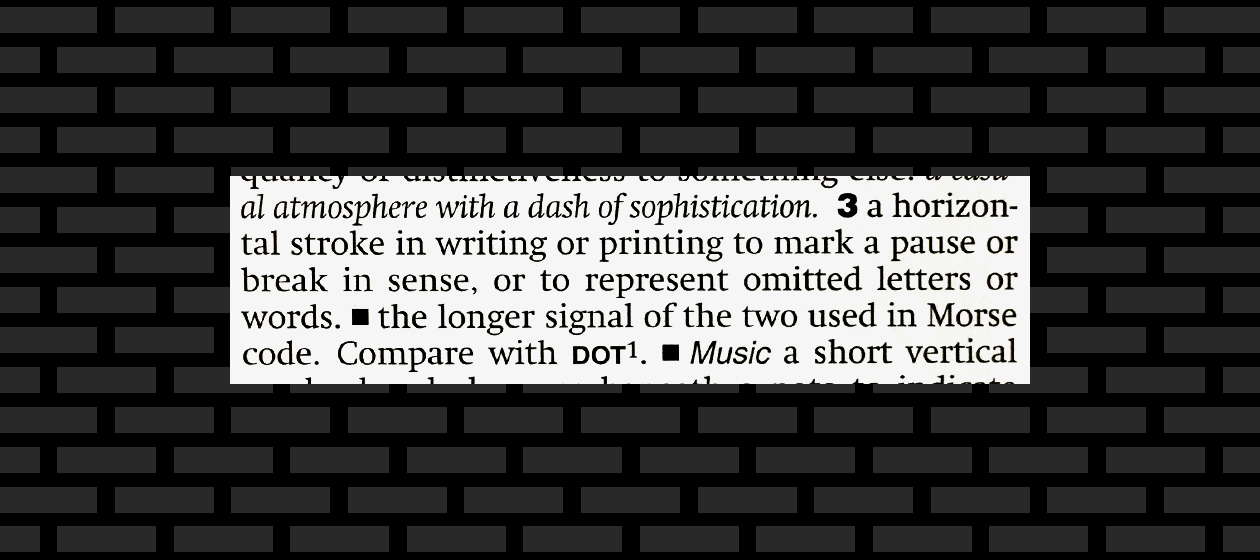 Dashes and hyphens: A comprehensive guide
Dashes and hyphens: A comprehensive guideThe Explainer Everything you wanted to know about dashes but were afraid to ask
-
 A brief history of Canadian-American relations
A brief history of Canadian-American relationsThe Explainer President Trump has opened a rift with one of America's closest allies. But things have been worse.
-
 The new rules of CaPiTaLiZaTiOn
The new rules of CaPiTaLiZaTiOnThe Explainer The rules for capitalizing letters are totally arbitrary. So I wrote new rules.
